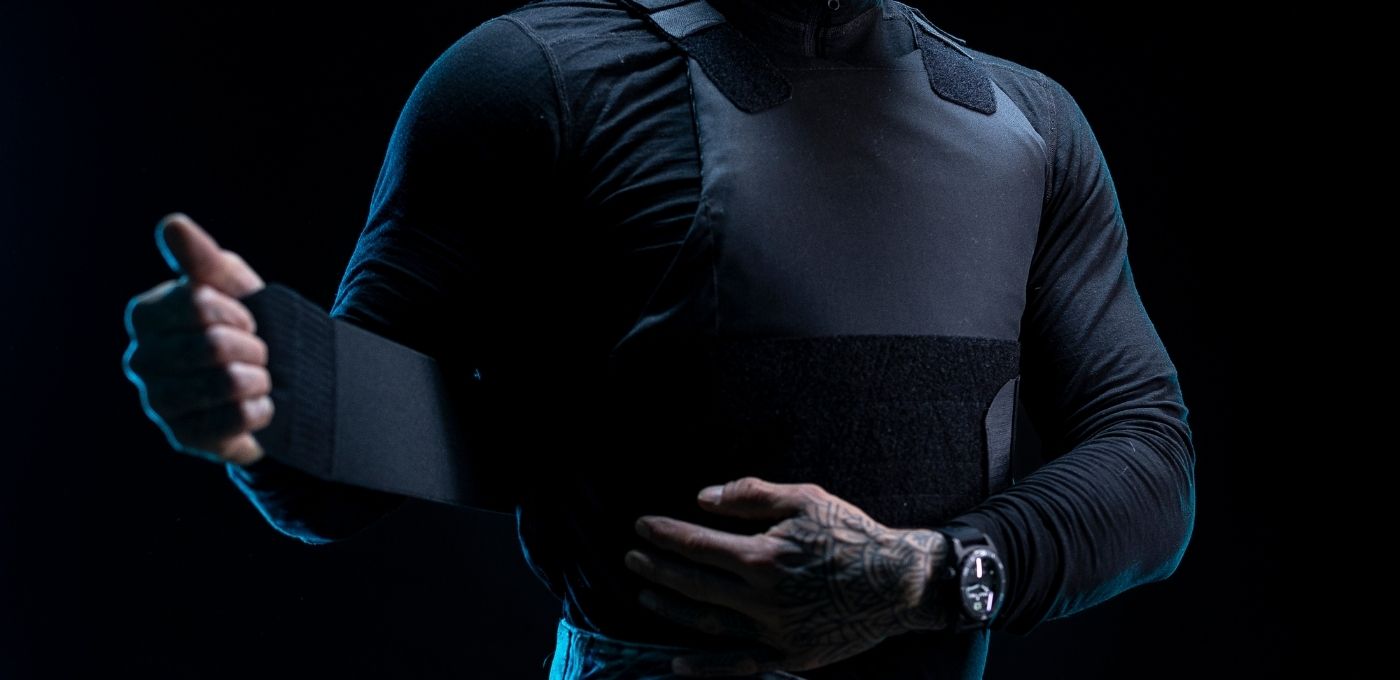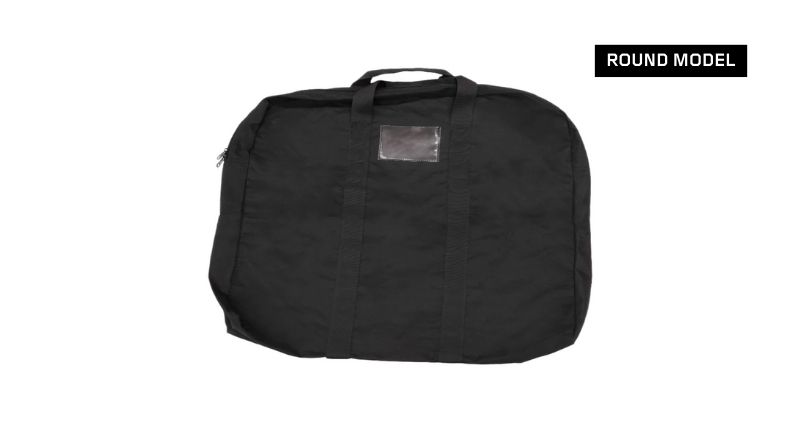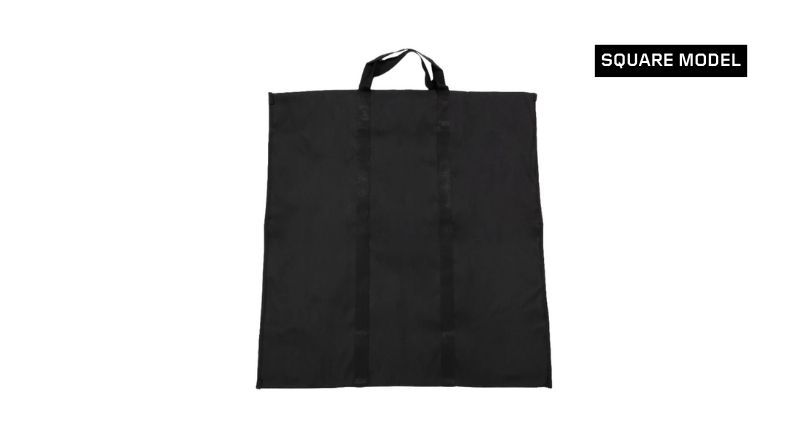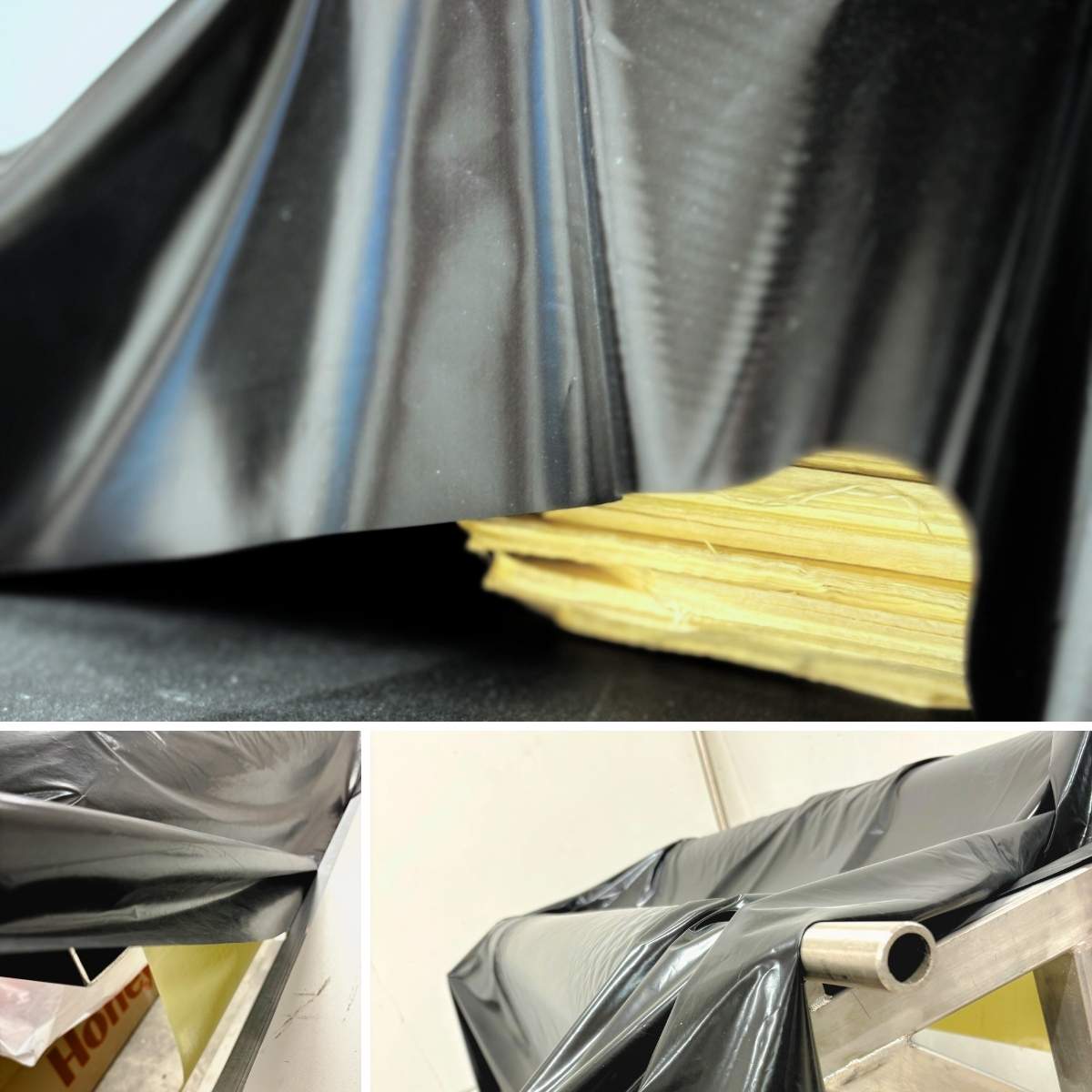
Home Office Body Armor Standard 2017 (knife and spike)


Bulletproof vests are designed for tough use and to provide life-saving protection. But just like any other high-performance gear, they can of course be damaged. Therefore, your bulletproof vest requires proper care to maintain its effectiveness.
One of the biggest threats to ballistic protection is UV exposure, which can degrade the materials over time and compromise their ability to stop threats.
Most bulletproof vests use aramid fibers such as Kevlar® and Twaron® or ultra-high-molecular-weight polyethylene (UHMWPE) materials to stop bullets and provide protection. While these materials are extremely strong, they are also rather sensitive to prolonged exposure to ultraviolet (UV) light.
Here’s how UV rays can negatively impact bulletproof vests:
One benefit of understanding these effects is the ability to implement preventive measures to protect your bulletproof vest from UV exposure.
It is critical to maintain your vests reliability and longevity. To ensure your vest stays in top condition and retains its protective capabilities, please follow our storage guidelines:
1. Keep it away from direct sunlight
Never leave your bulletproof vest lying in direct sunlight for extended periods (e.g., in a car, on a clothesline, or near a window).
IF your vest gets exposed to sunlight, you should make sure quickly to store it in a dark, cool place afterward.
2. Use a protective storage bag
Always store your vest in a UV-resistant storage bag or cover when you are not using it. We provide 2 different models of protective bags for your vests. A round model and a square model. Make your pick.
 |
 |
IF you don’t want to invest in a specific storage bag, you can of course use any simple dark garment bag as well.
3. Avoid heat & humidity
UV damage is often compounded by heat. You should always avoid storing your vest in a hot environment (e.g., attics, cars, or garages).
Furthermore, high humidity can also damage the ballistic fibers, so make sure you store your vest in a dry, climate-controlled space.
4. Regularly inspect your vest for damage
From time to time, make sure to check your bulletproof vest for signs of wear, fading, or stiffness, which could indicate UV degradation.
IF you notice any unusual patterns, please contact us or the specific vest manufacturer for advice on whether your vest is still safe to use.
We enclose our soft armor panels in a sealed TPU cover. A TPU cover is a thermoplastic polyurethane coating applied to soft armor panels or hard armor plates for protection. This cover is not just for waterproofing – it also protects against UV exposure.
The outer carrier (the fabric that holds the armor panels) does not provide full UV protection. However, the sealed ballistic panel cover prevents harmful UV rays from penetrating and thereby protects the inner materials.
By shielding aramid fibers from light exposure, the TPU cover helps maintain their original strength and flexibility. This ensures the vest performs at the certified ballistic level throughout its lifespan.
Our TPU cover is also resistant to moisture, sweat, and contaminants. It is sealed using our ultrasonic sealing technology to provide a 100 % water-resistant seal. This makes the vest more durable in extreme conditions. Because of this, we can offer a 7-year guarantee on all of our bulletproof soft armor panels.
Should the cover of a soft armor panel be torn or compromised in any way, the vest is at risk of UV damage.
IF this happens:
In our facilities all ballistic materials are always kept safe under TPU covers to protect them from any sunlight.

So to wrap things up; Taking the time to care for your ballistic protection could mean the difference between safety and failure in a critical moment.
Stay protected – store smart!
Do you have any questions about ballistic protection? Please visit our FAQ section or contact us if you need specific guidance!